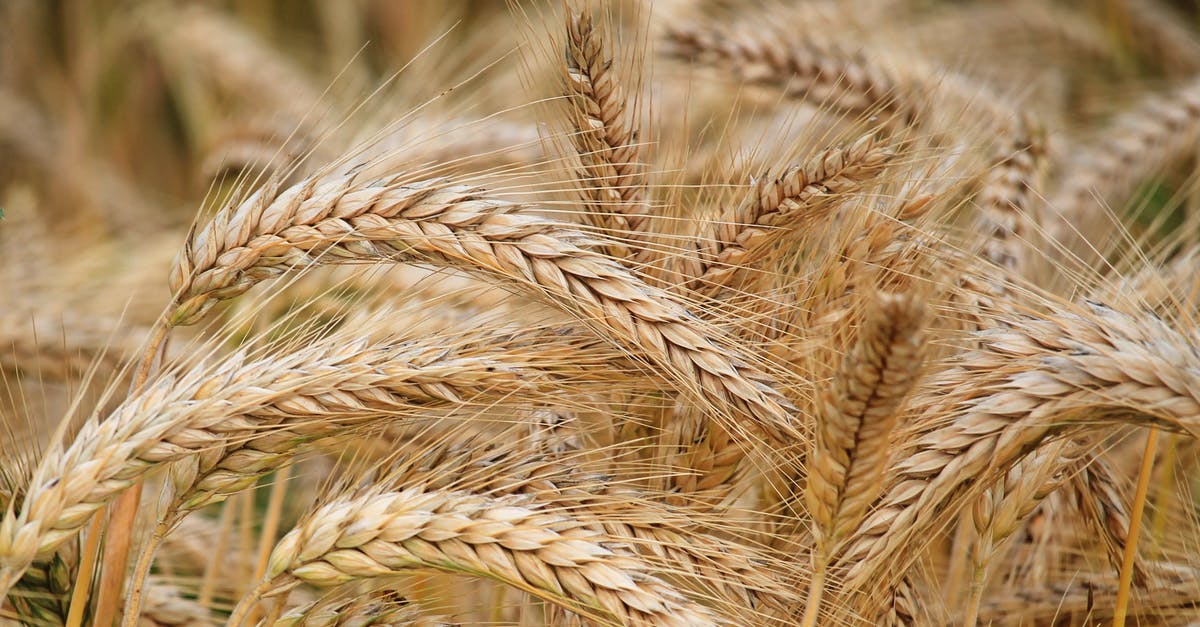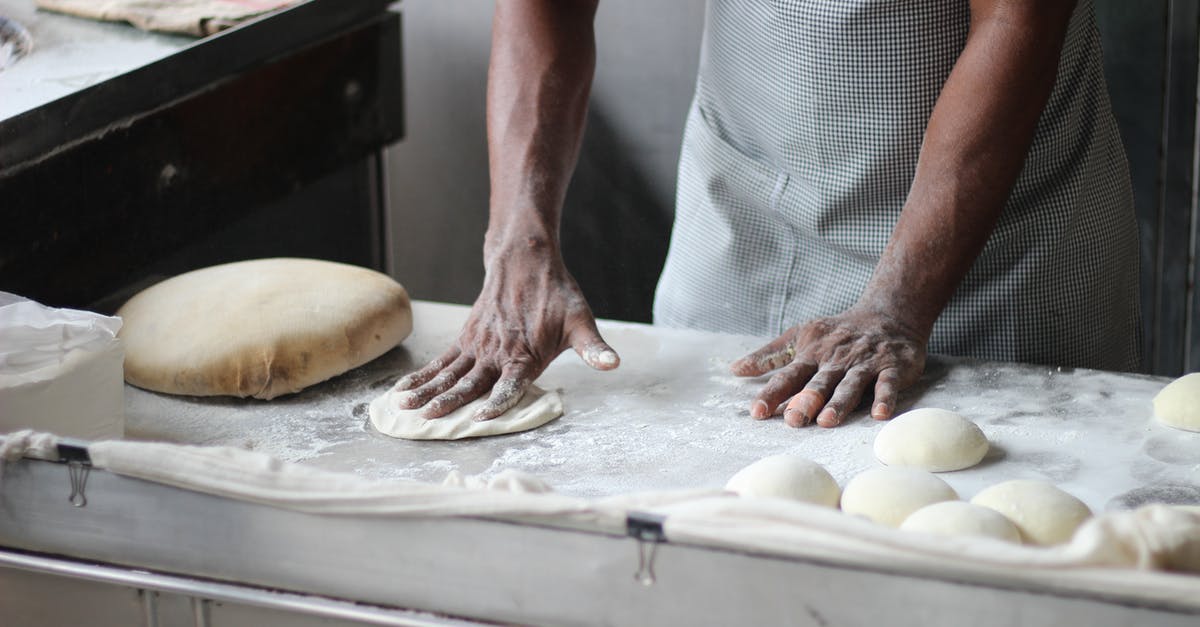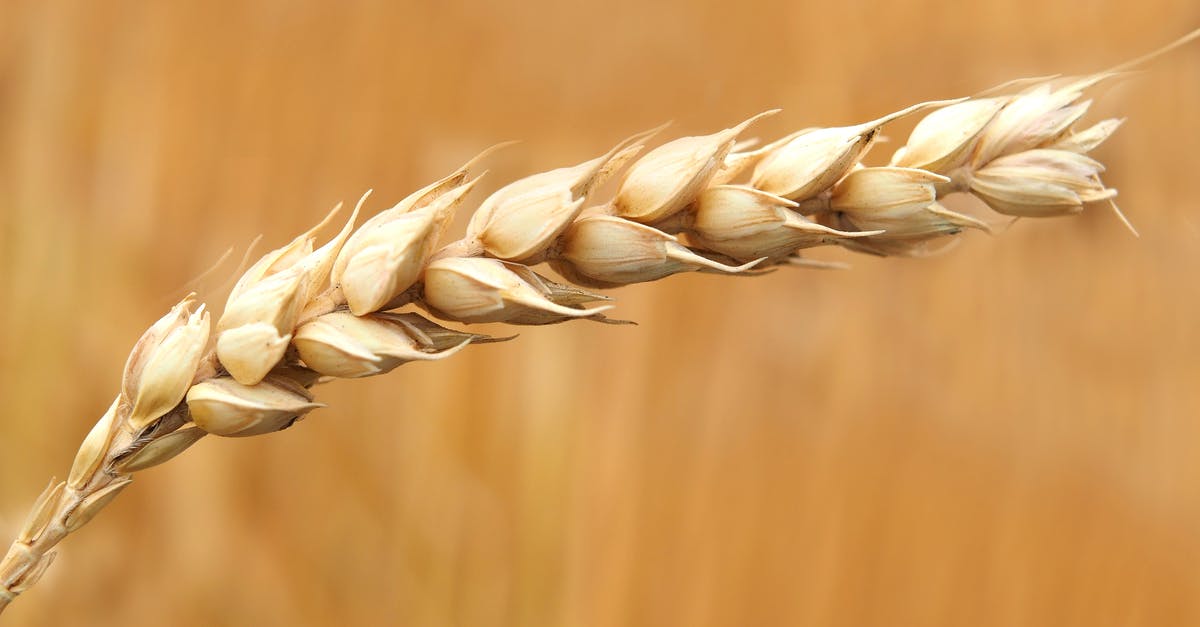What are the most effective wheat flour substitutes?

While not something I'm overly dogmatic about I try to keep my carbohydrate intake relatively low, especially during the day so as to not become tired.
I've found that in some recipes, particularly for pancakes or breading (for frying) I can substitute almond meal or a combination of almond meal and fine parmesan and usually come out okay. In fact almond meal pancakes turn out great.
I'm interested to hear of any other flour substitutes others have used, even if they aren't low carb as it might serve for inspiration to find further subs.
Cheers.
Best Answer
Wheat Flours at Cook's Thesaurus discusses varieties of wheat flours and their substitutions in general baking, yeast breads, and as breading agents.
And here's a reference discussing "the carbohydrate-content, dietary fiber content and 'net carbs' in all types of flour": Carbohydrates in Flour and Baking Foods.
I consult these pages as jumping off points when I'm altering my baking recipes. I'm a big fan of mixing flours to come up with lower-carbohydrate and more nutritionally sound baked goods (white flour isn't the most nutritional option out there, no matter that it's one of the most common options in baking). Oat, spelt, and soy flours figure in a lot of my recipes (note that using soy flour calls reducing the baking temperature called for in a recipe by 25°F, and that soy has a very pronounced flavor that not everyone likes).
The more you learn about the various flour options, the easier it is to make substitutions with confidence, so I encourage you to do a bit of reading. Of course, if you're rushed, baking sites (ones that sell high-quality flour, such as Bob's Red Mill) tend to tell you right on the page how much of their flour to substitute for wheat flour.
As a general rule, the more whole grain flours you use the better because of their higher fiber contents. If you subtract the fiber from the carbohydrate count, you find the net carbohydrate of the flour in question, and it's the net carbohydrate that tells you how your sugar levels will be affected. One carbohydrate serving is 15 grams of carbohydrate total.
One cup of all-purpose flour has 95 grams of carbohydrate and 3 grams of dietary fiber, which gives each cup a net carbohydrate amount of 92 grams (which is 6.13 carb. servings). One cup of whole wheat flour, on the other hand, has 87 grams of carbohydrate and 15 grams of dietary fiber, which gives each cup a net carbohydrate amount of 72 grams (which is 4.8 carb. servings). Even if you're baking a bread that isn't particularly low in carbohydrate, getting the benefit of the increased nutrition and fiber from a whole grain flour will benefit you.
Pictures about "What are the most effective wheat flour substitutes?"



Quick Answer about "What are the most effective wheat flour substitutes?"
- Brown Rice Flour.
- Millet Flour.
- Oat Flour.
- Sorghum Flour.
- Teff Flour.
- Corn Flour.
- Amaranth Flour.
- Quinoa Flour.
What is the best alternative to wheat flour?
The 14 Best Gluten-Free Flours- Brown Rice Flour. ...
- Oat Flour. ...
- Corn Flour. ...
- Chickpea Flour. ...
- Coconut Flour. ...
- Tapioca Flour. ...
- Cassava Flour. Cassava is a starchy root vegetable or tuber native to South America. ...
- Tigernut Flour. Despite its name, tigernut flour is not made from nuts.
What is the best wheat flour substitute for baking?
Chef Palak Patel explores four wheat-free flours for baking and cooking.- Chickpea Flour. Relatively new to American households, chickpea flour (also called garbanzo bean flour or besan in Indian kitchens) is arguably one of my favorite ingredients. ...
- Rice Flour. ...
- Almond Flour. ...
- Buckwheat Flour.
More answers regarding what are the most effective wheat flour substitutes?
Answer 2
If you are looking for wheat flour substitutes, you might want to look into gluten free baking. While it's more than you need, in gluten-free baking no wheat flour is used. Note that gluten-free baking has many subtleties and complexities (as opposed to almond meal and parmesan breading, which is quite tasty and similar to panko or other breadcrumbs).
If you want to just mix in other grains with your wheat flour, the book Good to the Grain might provide the sort of thing you are looking for.
On this Q&A site I've seen rye touted as a low-carb flour, and you can make 100% rye sourdough bread, for example.
Answer 3
Coconut Flour can also be used in place is several recipes
Answer 4
Flours/Meals
Flaxseed (linseed) meal is a favorite flour of mine. While I prefer golden over brown, but they are both quite tasty. ¼ cup (28 g) has over 6 g of omega-3s and only 0.5 g of net carbs, as most of the carbs it contains are fiber. The coarser texture and nuttier flavor of flaxseed meal make it more suited to types of recipes that would be fitting for whole wheat flour: pancakes, quick breads, muffins, crackers, flatbreads, and yeast-risen breads. In my experience — albeit, limited, as I don't generally bake sweeter things like cakes and cookies — it is less suited to desert-type recipes, as the texture seems out of place. Note that the soluble fiber it contains tends to want to hold onto moisture for dear life and not let go. In cases like that, it works well to pair it with other "drying agent" type flours like whey protein powder and egg white protein powder (see below). It doesn't make a good breading or filler (i.e. for meatballs or meatloaf) because the soluble fiber can result in a slimy mouthfeel. Flaxseed can also be cheaper than other types of flours (e.g. almond flour).
Almond meal or almond flour is another low-carb flour. It has a more neutral flavor and fine texture that lends itself to desert-type recipes (cookies and cakes). Slightly higher in net carbs than flaxseed and also more expensive. Almond flour is relatively similar to flaxseed in its absorbency, at least when compared to some other flours (i.e. coconut flour). I've found 4 Tbsp of almond flour + 1 Tbsp of psyllium husk powder to be equivalent to 5 Tbsp of flaxseed meal.
Coconut flour is another low-carb flour. It has a fine texture and sweeter flavor, but it is extremely absorbent. Many recipes combat this problem by simply throwing more eggs at it, with the unsurprising consequence that the baked goods are notoriously eggy. A better solution is to mimic the function of an egg with, say, 40 g of a low-carb milk (almond milk, buttermilk, etc.), and a small amount of psyllium husk powder (to help retain moisture and contain gasses), and unflavored whey protein (to help provide the structure an egg provides).
While not a viable flour in and of itself, Vital Wheat Gluten is a staple in making low-carb yeast-risen breads (yes, they are possible). An example recipe is https://www.reddit.com/r/ketorecipes/comments/8xe3np/ultimate_keto_bread_v20/. (In baker's percents, that recipe's about 26% flaxseed meal, 26% oat fiber, and 48% vital wheat gluten. It also borrows techniques used in gluten-free baking like using xanthan gum and eggs to help improve structure). I've been able to adapt that same bread recipe to flatbreads, pizza, and tortillas.
Wheat bran and wheat germ are lower-carb parts of the wheat kernel that when used in small amounts can provide some wheat texture and flavor without all of the carbs.
While not really a flour, oat fiber is a useful no-calorie, no-carb filler. It's used in the yeast dough recipe above as a filler to lower the calorie count somewhat (as flaxseed meal is fairly high in fat).
Whey protein powder is a low-carb "drying-agent" type flour ingredient. It can help boost the protein content and provide structure. It also helps dry out ingredients like flaxseed meal. For example, I developed a low-carb buttermilk pancake recipe that uses 60% flaxseed meal and 40% whey protein powder. (100% flaxseed resulted in pancakes that had set on the outside, yet were raw on the inside). Unflavored whey protein powder also makes a great breading component for fried foods.
Grated parmesan cheese also makes a great breading component. (I usually dredge in unflavored whey protein first, then egg, then parmesan cheese). Once it's fried, you'd never know it was parmesan cheese. Parmesan also makes a good thickener in savory type dishes.
Other flours I've heard of but haven't used are lupin flour, resistant wheat starch, carbalose flour, wheat protein isolates, and carb-quick.
Thickeners/Gelling agents
Xanthan gum, psyllium husk powder, guar gum, are all low-carb and useful in helping retain moisture and gasses in baked products. Xanthan gum, unflavored gelatin, and vital wheat gluten are sometimes used in cookies to provide chew and/or prevent a crumbly texture. Psyllium husk powder works well to retain gasses in quick breads and yeast breads. It needs to be used in small amounts or otherwise combined with drying-type ingredients to allow the middle of baked goods to get fully baked. For example, https://www.dietdoctor.com/recipes/the-keto-bread uses a combination of almond flour, psyllium husk powder, and egg whites to create a quick-bread dinner roll.
Answer 5
Easy cooked milled oats that is steeped in water for a few hours dissolve. This mix can be used to make an good waffle recipe.
Answer 6
I have too much sugar in my blood, unfortunately. My cooking style has changed to adapt to this, and hopefully keep me slim. I recently tried “Carbalose flour “ I have only used it for a pizza crust so far. Carbalose is a lot like regular flour but, it is low in carbohydrates and does not have the issues that other alternatives have when it comes to binding. I found I had to use double the yeast in my dough to get a good pizza crust. The Manufacture claims it has 80% less carbs than regular wheat flour, which is ideal for me. I needed to drop the oven temperature by 25° compared to regular recipes for pizza crust. I had to add a little extra cooking time as well. I’m still exploring this new flour, and will post more about this, as I continue to experiment with it.
Sources: Stack Exchange - This article follows the attribution requirements of Stack Exchange and is licensed under CC BY-SA 3.0.
Images: Pixabay, Vaibhav Jadhav, Pixabay, Klaus Nielsen
